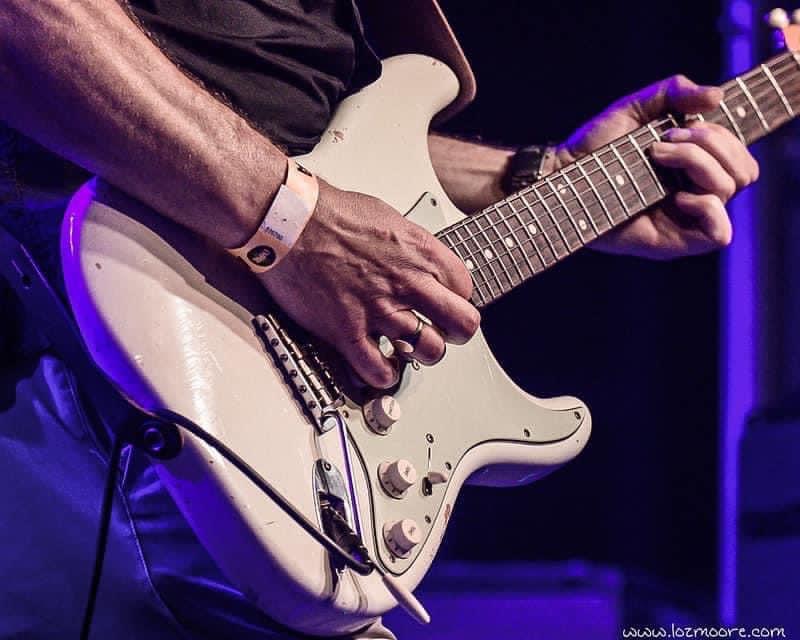Howdy, Stranger!
It looks like you're new here. If you want to get involved, click one of these buttons!
Categories
- 241.4K All Categories
- 22 >> Start Here <<
- 12 New Members
- 8 FAQs
- 86.6K Gear
- 39.5K Guitar
- 3.4K Acoustics
- 1.3K Bass
- 14.6K Amps
- 17.2K FX
- 266 Digital & Modelling
- 765 Other Instruments
- 8.3K Making & Modding
- 420 Gear Reviews
- 107 Guitar Reviews
- 73 Amp Reviews
- 118 FX Reviews
- 87 Other Reviews
- 748 Made in the UK
- 972 Theory
- 1.8K Technique
- 2.1K Live
- 3.2K Studio & Recording
- 2.1K Making Music
- 218 Events
- 15 Guitar Show 2018
- 829 Plug My Stuff
- 105K Classifieds
- 41K Guitars £
- 2.8K Acoustics £
- 138 LH Guitars £
- 895 Basses £
- 10.5K Parts £
- 18.3K Amps £
- 34K FX £
- 2.8K Studio & Rec £
- 6.1K Misc £
- 465 Personnel
- 54.7K Chat
- 36.5K Off Topic
- 1.1K Tributes
- 6.6K Music
In this Discussion
Become a Subscriber!
Subscribe to our Patreon, and get image uploads with no ads on the site!
Dorian cheats
I think I have just learned some massive ‘cheats’ that massively ease the brain ache and help improvisation. Here we go.
Lets say we are in a key of Bb major. (Reason for this so bear with me)
Bb major diatonic chords are:
Bb, c min, d min, Eb, F, g min, A dim.
So I am playing in the ‘second’ mode Dorian so C Dorian.
Lets say we are in a key of Bb major. (Reason for this so bear with me)
Bb major diatonic chords are:
Bb, c min, d min, Eb, F, g min, A dim.
So I am playing in the ‘second’ mode Dorian so C Dorian.
the Dorian mode is 1 2 b3 4 5 6 b7 when related back to the C.
So my cheats are:
I can play in Amin pentatonic (we all know that one right)
I can play C min pentatonic with added 2 and 6 (related back to the C)
I can visualise the barre chords in Bb major and play any notes from those barre chords so triads, double stops, slides, Hendrix type hammer ons.....
I used a generic jam track and for the first time ever was flying all over the place using the note on the bottom e as a reference point, visualising the diatonic barre chord at that reference point, and selecting the notes from that barre chord shape.
secretly rather pleased with myself.
So my cheats are:
I can play in Amin pentatonic (we all know that one right)
I can play C min pentatonic with added 2 and 6 (related back to the C)
I can visualise the barre chords in Bb major and play any notes from those barre chords so triads, double stops, slides, Hendrix type hammer ons.....
I used a generic jam track and for the first time ever was flying all over the place using the note on the bottom e as a reference point, visualising the diatonic barre chord at that reference point, and selecting the notes from that barre chord shape.
secretly rather pleased with myself.
An official Foo liked guitarist since 2024
0 LOL 0
LOL 0 Wow! 0
Wow! 0 Wisdom
Wisdom
 LOL 0
LOL 0 Wow! 0
Wow! 0 Wisdom
Wisdom Base theme by DesignModo & ported to Powered by Vanilla by Chris Ireland, modified by the "theFB" team.



Comments
Visualising the chord shapes is great.
D = 2nd
F = 4th
G = 5th
A = major 6th
C = root
It's weird though, none of your normal pentatonic phrasing works, you have to find an entirely new approach to using the shape.
On paper, A minor pentatonic is not a good fit.
C minor, D minor, and G minor fit…but they’re just shapes in Bb…as are your diatonic chord shapes. Good way of lighting up the fretboard though…the tricky thing is not letting familiar shapes divert you from the tonal centre.
It’s good that you are able to relate everything to the “parent major scale” and I sort-of see how you use the chords in Bb major that you mentioned later on, maybe.
1) C is the key note.
2) We’re in a minor key, so the 3rd is always minor: (Eb in this case).
3) As it’s Dorian, the 6th is raised: (A not Ab) which is what gives it its Olde Englishe feel.
Them’s the facts of Dorian, no more, no less.
1) I can play C minor penta, because root-based pentatonic scales work in all major and minor modes - because they lack the modal notes. (It’ll ‘work’, but I won’t get the raised 6th.)
5) Also in terms of chords, as with any minor piece, I can play a minor v (Gm) or a major V (G or G7), it’s up to me. Pure dorian has a Gm but I can break that ‘rule’, play a G, and it’ll still sound dorian-ish.
That’s how I think anyway.
As an amusing point of interest, my 6 points above each refer to the respective note in the scale of C Dorian
Supportact said: [my style is] probably more an accumulation of limitations and bad habits than a 'style'.
Further to the comment above by @viz, Scott Henderson made the point some years back that, if you view a Dom 7th Chord as a Major Chord, then you can do the following. For example, take a straightforward A Blues, instead of just playing A minor Pentatonic, you can use B minor Pentatonic, C sharp Pentatonic, and F sharp Pentatonic ----> i.e. minor Pentatonic Scales based on the 2nd, 3rd, and 6th degrees of the A Major Scale, which are all minor Scales.